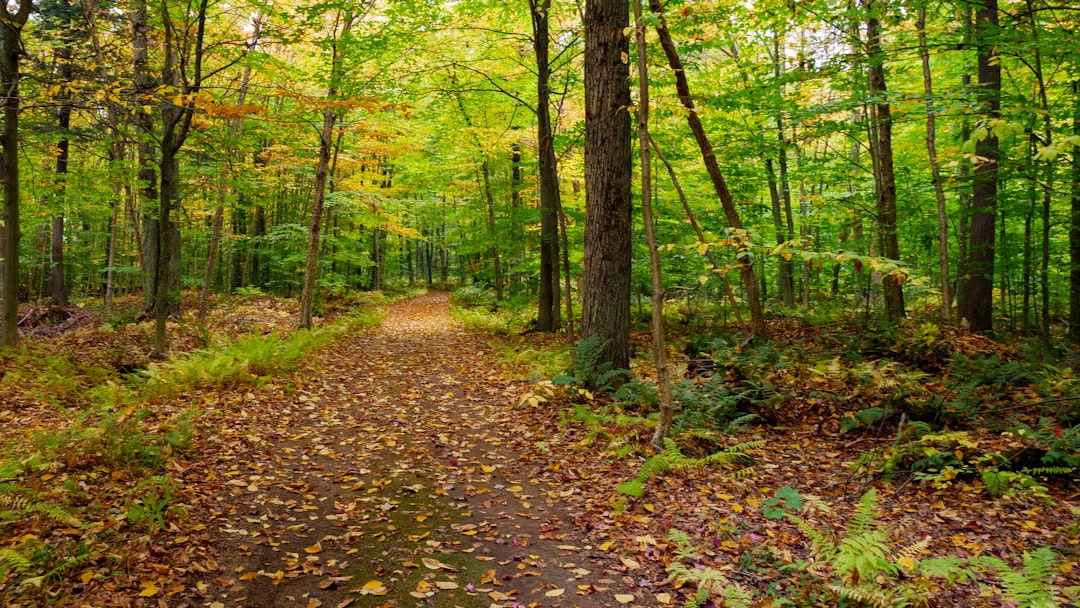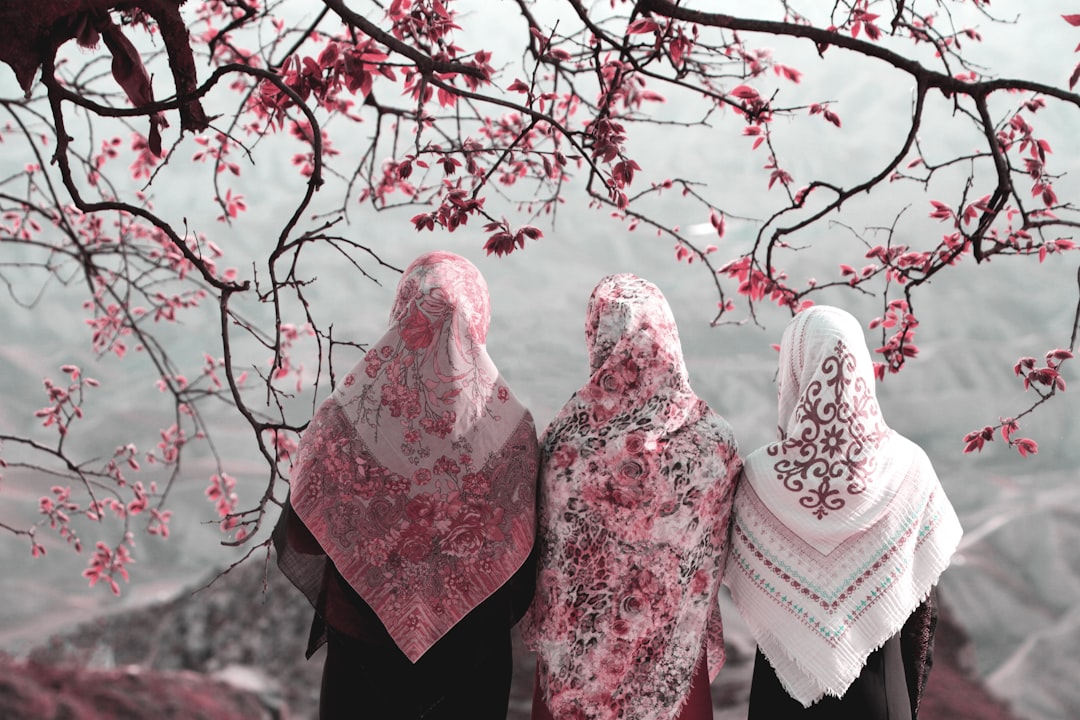What is it about?
Since the 1970s, environmental challenges have led to a process of several more or less interconnected valuable responses in research, in environmental science and climatology, as well as in several social sciences and in the increasing synergy of disciplines in the so called environmental humanities. This mobilization in the sciences and humanities has gone hand in hand with the emergence and development of environmentalism in the sphere of the social movements, which again has impacted on society and culture and, on all scales from the local to the global, especially on politics as well as on economy. Particularly, the “spaces-in-between” are hereby of specific interest as “nature” always takes place between people, and between human and other beings. In the 20th century’s last years, however, space/place reflections have moved from the margins into several sectors of the sciences and the humanities in what has been characterized as “the spatial turn” (Warf and Arias). Since the 1980s, theory and practice concerning space is increasingly used in a variety of fields from diverse conceptual perspectives. Especially the concept of “lived space” that coalesces physical and imagined space (Soja) has gained a significant currency. The new insights and potentials for a deeper plastic analysis challenges the environmental humanities in general and the study field of religion and the environment in particular, where one in recent years can observe a growing interest for the spatial agenda. This special issue volume departs from the question how the ecological turn in religion is connected to the spatial turn. It invites reflections about the spatiality of religion especially in its response to environmentalism and to experiences of and discourses about environmental change. Hereby especially the need for dialogue, exchange and transdisciplinary cooperation between different disciplines, such as geography, urban studies, arts & architecture, landscape ecology, ritual studies, and others, becomes obvious. The selection of articles in this volume realizes this intention as it gathers scholars from religious studies, theology, social anthropology, geography and biology.
Featured Image
Read the Original
This page is a summary of: Introduction, Worldviews Global Religions Culture and Ecology, January 2016, Brill,
DOI: 10.1163/15685357-02003001.
You can read the full text:
Contributors
The following have contributed to this page










